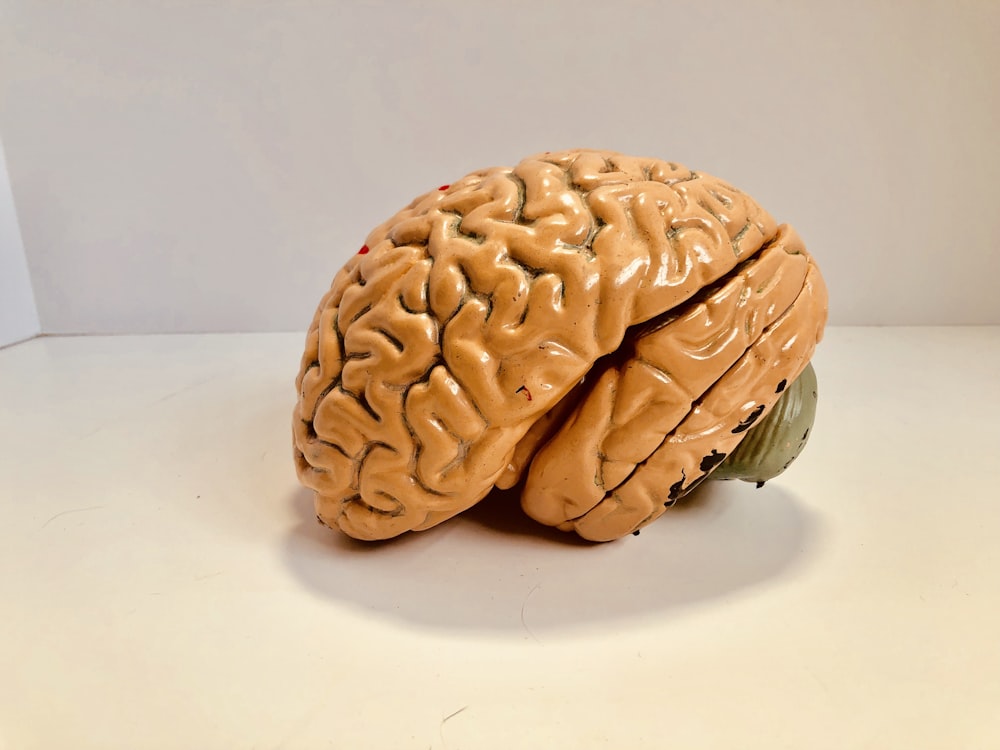Unveiling the Neurobiology of PTSD: Insights into the Traumatized Brain
The Science Behind PTSD
Post-Traumatic Stress Disorder (PTSD) is a complex mental health condition that affects individuals who have experienced traumatic events. While the psychological symptoms of PTSD are well-documented, the underlying neurobiology of the disorder is still being unraveled. Recent advancements in neuroscience have shed light on how PTSD impacts the brain, offering valuable insights into its mechanisms and potential treatment avenues.
Mapping Trauma’s Toll on the Brain
One of the key areas of focus in understanding PTSD is how trauma affects the structure and function of the brain. Studies using neuroimaging techniques such as functional magnetic resonance imaging (fMRI) and positron emission tomography (PET) have revealed alterations in brain regions involved in emotion regulation, memory processing, and stress response among individuals with PTSD. These changes provide clues about the neural pathways implicated in the disorder and the specific brain circuits that may be dysregulated.
The Role of Brain Chemistry in PTSD
Neurotransmitters, the chemical messengers in the brain, play a crucial role in regulating mood, stress response, and other physiological functions. Research suggests that imbalances in neurotransmitter systems, such as serotonin and dopamine, may contribute to the development and maintenance of PTSD symptoms. For example, reduced levels of serotonin, which is involved in mood regulation, have been observed in individuals with PTSD, highlighting a potential target for pharmacological interventions.
Brain Plasticity and PTSD Recovery
The concept of neuroplasticity—the brain’s ability to reorganize and adapt in response to experiences—is central to understanding PTSD recovery. Despite the enduring nature of PTSD symptoms for some individuals, the brain retains its capacity for change. Interventions such as trauma-focused therapy have been shown to promote neuroplasticity by facilitating the rewiring of neural networks associated with fear and trauma memories. By harnessing the brain’s plasticity, individuals with PTSD can undergo significant improvements in symptom severity and overall well-being.
Stress, Cortisol, and the PTSD Brain
The body’s stress response system, governed by the hypothalamic-pituitary-adrenal (HPA) axis, plays a pivotal role in how the brain and body respond to trauma. Cortisol, a hormone released during times of stress, helps regulate the body’s physiological response to threats. In individuals with PTSD, dysregulation of the HPA axis can lead to abnormalities in cortisol levels, contributing to symptoms such as hypervigilance, irritability, and sleep disturbances. Understanding the interplay between stress hormones and the brain is crucial for developing targeted interventions for PTSD.
The Impact of Early Life Trauma on Brain Development
Growing evidence suggests that exposure to trauma during critical periods of brain development, such as childhood and adolescence, can have profound and long-lasting effects on brain structure and function. Adverse childhood experiences (ACEs) have been associated with alterations in brain regions involved in emotional regulation, cognitive control, and stress reactivity. These changes may increase the risk of developing PTSD later in life and exacerbate the severity of symptoms. Recognizing the impact of early life trauma on the developing brain underscores the importance of early intervention and support for at-risk individuals.
Advancements in PTSD Treatment: A Neurobiological Perspective
As our understanding of the neurobiology of PTSD continues to evolve, so too do treatment approaches aimed at addressing its underlying mechanisms. From traditional psychotherapy techniques to cutting-edge interventions such as neurofeedback and ketamine-assisted therapy, there is a growing emphasis on personalized, multimodal approaches that target specific neural pathways implicated in PTSD. By integrating neurobiological insights into clinical practice, mental health professionals can tailor interventions to better meet the needs of individuals with PTSD and improve treatment outcomes.
Conclusion Read more about ptsd brain




